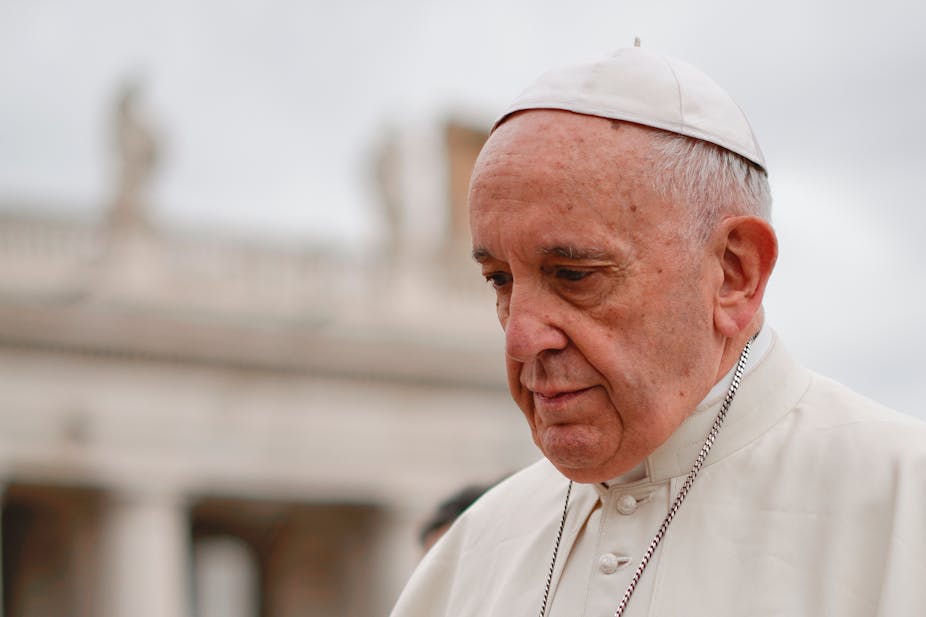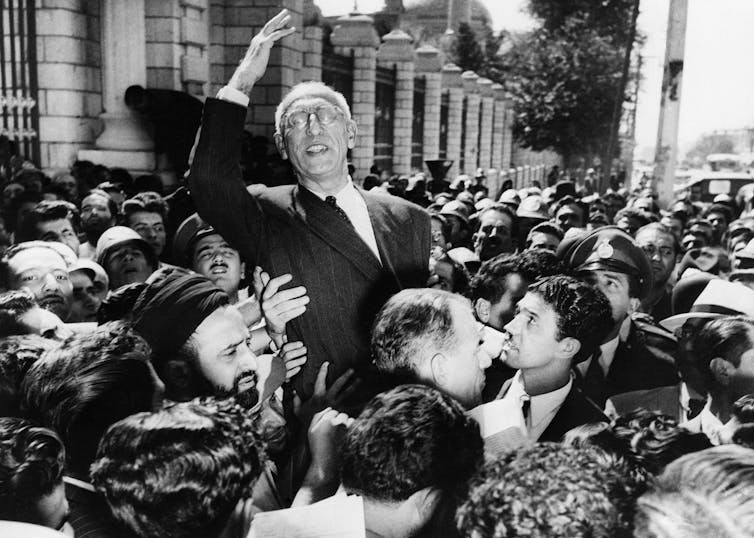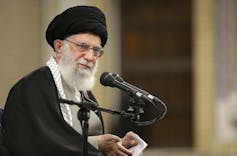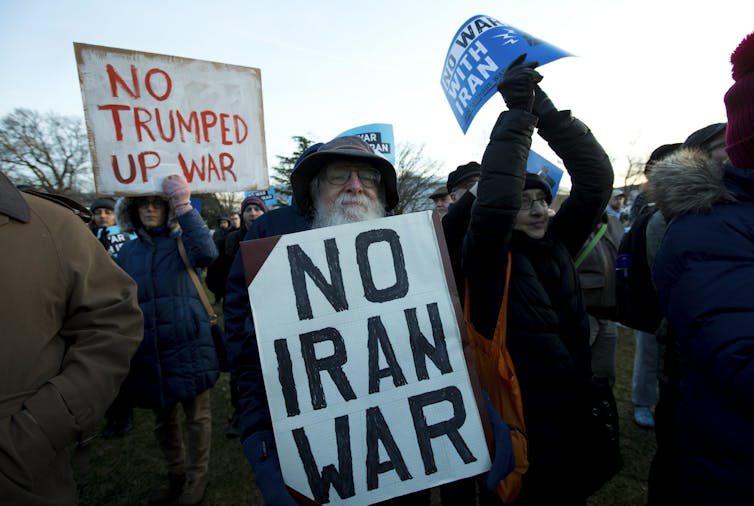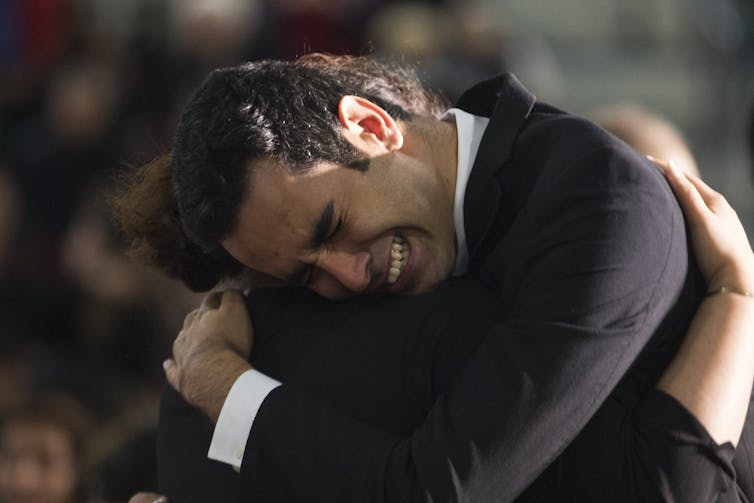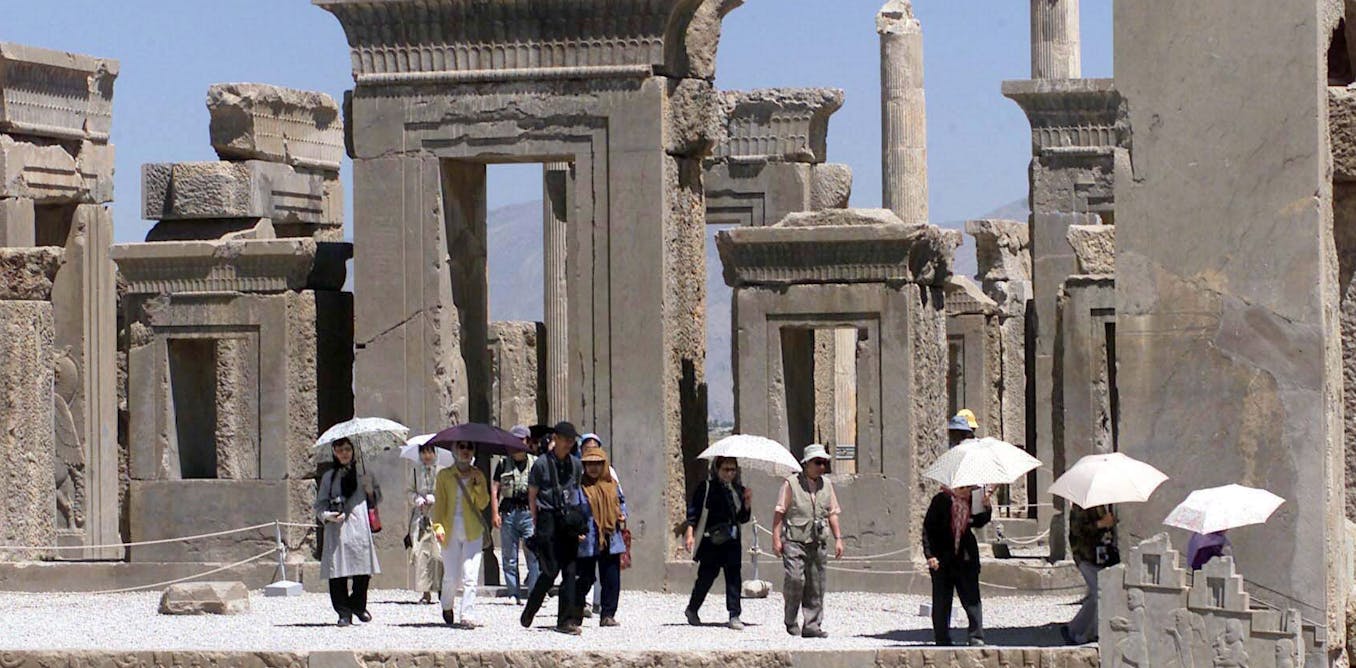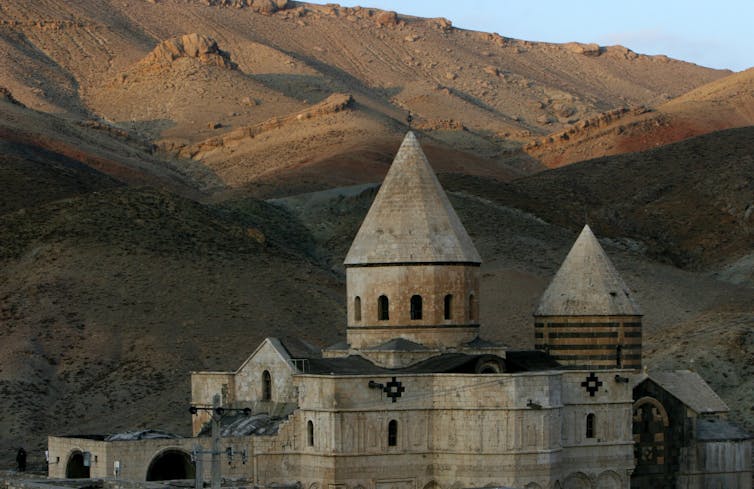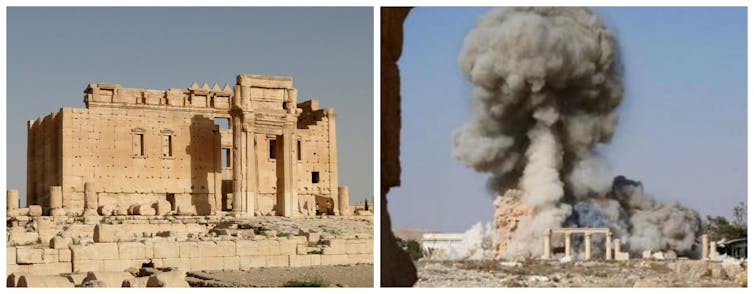(Warning: This commentary is longer than articles that normally appear on media websites.)
by Charlie Smith on January 12th, 2020 Georgia Straight

2 of 8
Chief Na'moks of the Tsayu Clan says that provincial and federal officials have assumed and presumed authority over Wet'suwet'en territory, even though this has never been ceded by anyone.UNIST'OT'EN CAMP
VIDEOS ARE AT THE END OF THE ARTICLE
Tensions continue to run high over the 670-kilometre Coastal GasLink pipeline project, which has been approved by the federal and B.C. governments, as well as by 20 elected First Nations councils along the route.
It's become a defining moment not only in the evolution of Indigenous rights, but in the future of B.C.'s NDP government and Canada's oil and gas industry.
That's because this pipeline is a key part of a $40-billion capital project that includes the huge LNG Canada plant near Kitimat.
Should this proceed, it will gobble up an increasingly large share of B.C.'s shrinking carbon budget in the years to come.
That will have a significant impact on businesses and people living across the province.
This is because they will be required to make even greater cuts to their emissions to meet B.C.'s legislated targets. (See chart below.)
Conversely, if Indigenous activists and their allies succeed in thwarting the $6.6-billion Coastal GasLink pipeline, it could give momentum to those trying to stop the even more costly $9.3-billion Trans Mountain pipeline expansion.
TMX, as that project is often called, will have more downstream carbon-dioxide-equivalent emissions per year than the entire province on an annual basis. That's to say nothing of the upstream emissions.

The LNG Canada plant near Kitimat will consume a far greater share of B.C.'s carbon budget in the coming decades.WEST COAST ENVIRONMENTAL LAW
Wet'suwet'en hereditary chiefs claim jurisdiction
The NDP government insists that it's going to meet its greenhouse gas emission targets even as it is offering about $6 billion in subsidies to the carbon-spewing LNG Canada project.
Wet'suwet'en hereditary chiefs, on the other hand, want to halt a crucial component, the Coastal GasLink pipeline. Without this, there would be no gas to liquefy for export.
And the hereditary chiefs have been supported by large demonstrations in many other communities across the country.
https://twitter.com/TorranceCoste/status/1216108980910444550
As for all those Indigneous approvals along the pipeline route, the hereditary chiefs say that the elected chiefs and councillors only have jurisdiction over reserves created under the Indian Act. According to the hereditary chiefs, the elected Indigenous governments do not oversee traditional unceded territory.
The hereditary chiefs are embarking on a landmark effort that is ultimately serving to diminish the authority of elected chiefs and councils in the eyes of the public and, possibly, eventually in the eyes of the courts.
On January 8, the hereditary chiefs met with RCMP Deputy Commissioner Jennifer Strachan, who was sworn in last June as the B.C. Mounties' commanding officer.
The RCMP has a large force on traditional Wet'suwet'en territory and is responsible for enforcing a B.C. Supreme Court injunction obtained by the company.
In late December, B.C. Supreme Court Justice Marguerite Church extended this injunction in a ruling rejected by Wet'suwet'en hereditary chiefs.
The hereditary chiefs say they've asked the RCMP to "stand down and refrain from enforcing the injunction order until nation-to-nation talks can occur with the provincial and federal governments to address infringements to Wet'suwet'en rights and title".
Presumably, these nation-to-nation talks would take place outside the normal framework of the elected chiefs and councils, who derive their authority through the Indian Act.
So, in a way, the hereditary chiefs are challenging the very structure that has guided discussions between governments and First Nations for decades.
For instance, the national chief of the Assembly of First Nations, Perry Bellegarde, is elected by the elected chiefs across the country.
In addition, the hereditary chiefs have asked the RCMP not to use any force or lethal weapons against the Wet'suwet'en people and to remove a remote RCMP detachment on traditional territory.
The hereditary chiefs also declare that the Wet'suwet'en people must not be forcibly removed or evicted from unceded territories and that the RCMP should stop preventing Wet'suwet'en people and their guests from having access to their territories.
"Currently, the RCMP has adviced local helicopter companies not to fly into Unist'ot'en territory, endangering the safety of Wet'suwet'en people and guests at the Gidimt'en Access Point and Unist'ot'en Village," the hereditary chiefs said in a statement on January 11.
Video: B.C. Human Rights Commissioner Kasari Govender explains the origins of her passion for human rights.
Human rights commissioner weighs in
The hereditary chiefs' statement was issued after the UN Committee for the Elimination of Racial Discrimination expressed its concern last month about the Coastal GasLink, Site C dam, and Trans Mountain pipeline projects proceeding "without the free, prior and informed consent of affected Indigenous peoples".
The UN committee called upon all these projects to be halted until this was done. And it also urged that Canada guarantee that no force will be used against the Wet'suwet'en, who are fighitng the Coastal GasLink project, and the Secwepemc, who are opposing the Trans Mountain project.
Indigenous issues are clearly important to B.C.'s new human rights commissioner, Kasari Govender.
Meanwhile, the Mounties have said that they're conducting a criminal investigation of safety hazards near where the Coastal GasLink pipeline is being built.
For its part, the company is trying to play up the role of Wet'suwet'en people who are working on the project. This conveys an impression that the pipeline has broad support among Indigenous people.
The tweet below is just one example.
https://twitter.com/CoastalGasLink/status/1215038580067844097
Earlier this week, the company issued 72 hours' notice for people to remove obstructions created by the pipeline's opponents.
This came not long after hereditary chiefs issued their own eviction notice to Coastal GasLink. The hereditary chiefs maintain that the company is violating Anuk nu'at'en (Wet'suwet'en law).
Today, the hereditary chiefs granted Coastal GasLink one-time access to shut down and winterize Camp 9A.
Video: Freda Huson issued an eviction notice to Coastal GasLink earlier this month.
Where things go from here
If the RCMP violently suppresses the Indigenous protests, it will cause an uproar around the world.
Demonstrations would likely occur outside Canadian embassies and derail Justin Trudeau's repeated efforts to portray himself as a progressive world leader and friend of Indigenous people.
The B.C. NDP, which is clinging to a minority government, could expect to come under intense criticism from its traditional supporters if the Mounties move in.
That's because Premier John Horgan is inextricably linked to the LNG Canada project, which the Coastal GasLink project will feed with natural gas.
There's a possibility that NDP MLAs might be tempted to leave the caucus and sit as independents if the pressure becomes too intense.
At the very least, a violent police action could easily lead to the defeat of the NDP government in the next provincial election.
This is not 1995, when a former NDP attorney general, Ujjal Dosanjh, played hardball with Indigenous traditionalists at Gustafsen Lake.
Back then, the Gustafsen Lake incident probably helped consolidate NDP support in constituencies in the south and north Cariboo, Kamloops, and Prince George, ensuring the party's narrow reelection in 1996.
Video: Indigenous cartoonist and historian Gord Hill offers his perspective on the significance of the Gustafsen Lake standoff in 1995.
That's to say nothing of the legal consequences that would flow from an RCMP crackdown on the Wet'suwet'en occurring in the wake of the legislature passing the B.C. Declaration on the Rights of Indigenous Peoples Act.
But if the Mounties do nothing, that could spell the end of the LNG Canada plant. It's already a precarious investment.
LNG prices in Asia have remained relatively low, with estimates of just US$5.30 per million British thermal units in February and US$4.75 per million Btus in March, according to Reuters.
That's less than a third of what LNG prices in Asia were in the period following the Fukushima nuclear disaster in 2011. They actually peaked at US$17.20 per million Btus in June 2012 in Japan, where more than a third of LNG is burned.
Video: Wet'suwet'en hereditary chiefs explain why they believe they continue to have jurisdiction over 22,000 square kilometres of territory in north-central and northwestern B.C.UNIST'OT'EN CAMP
The current prices are hardly a bonanza for the LNG Canada investors: Shell, Petronas, PetroChina, Mitsubishi, and KOGAS.
TC Energy recently announced that it is going to sell 65 percent of its interest in the Coastal GasLink project to KKR and Alberta Investment Management Company, which oversees 31 funds.
The longer this project is delayed, the less likely it will come to fruition, particularly as renewable sources of energy continue to become more economically viable.
The stakes are high for all the players, including environmentalists worried about rising carbon dioxide emissions in the atmosphere.
The NDP government hopped into bed with the LNG industry when it offered subsidies to enable the $40-billion LNG project.
At the time, few anticipated that actions by Wet'suwet'en hereditary chiefs might end up killing the project. Even fewer might have considered that this could actually assist in the reelection of that very same NDP government.
Video: Wet'suwet'en hereditary chiefs explain why they believe they continue to have jurisdiction over 22,000 square kilometres of territory in north-central and northwestern B.C.
UNIST'OT'EN CAMP
Video: B.C. Human Rights Commissioner Kasari Govender explains the origins of her passion for human rights
Video: Freda Huson issued an eviction notice to Coastal GasLink earlier this month.
Wet'suwet'en hereditary chiefs claim jurisdiction
The NDP government insists that it's going to meet its greenhouse gas emission targets even as it is offering about $6 billion in subsidies to the carbon-spewing LNG Canada project.
Wet'suwet'en hereditary chiefs, on the other hand, want to halt a crucial component, the Coastal GasLink pipeline. Without this, there would be no gas to liquefy for export.
And the hereditary chiefs have been supported by large demonstrations in many other communities across the country.
https://twitter.com/TorranceCoste/status/1216108980910444550
As for all those Indigneous approvals along the pipeline route, the hereditary chiefs say that the elected chiefs and councillors only have jurisdiction over reserves created under the Indian Act. According to the hereditary chiefs, the elected Indigenous governments do not oversee traditional unceded territory.
The hereditary chiefs are embarking on a landmark effort that is ultimately serving to diminish the authority of elected chiefs and councils in the eyes of the public and, possibly, eventually in the eyes of the courts.
On January 8, the hereditary chiefs met with RCMP Deputy Commissioner Jennifer Strachan, who was sworn in last June as the B.C. Mounties' commanding officer.
The RCMP has a large force on traditional Wet'suwet'en territory and is responsible for enforcing a B.C. Supreme Court injunction obtained by the company.
In late December, B.C. Supreme Court Justice Marguerite Church extended this injunction in a ruling rejected by Wet'suwet'en hereditary chiefs.
The hereditary chiefs say they've asked the RCMP to "stand down and refrain from enforcing the injunction order until nation-to-nation talks can occur with the provincial and federal governments to address infringements to Wet'suwet'en rights and title".

Presumably, these nation-to-nation talks would take place outside the normal framework of the elected chiefs and councils, who derive their authority through the Indian Act.
So, in a way, the hereditary chiefs are challenging the very structure that has guided discussions between governments and First Nations for decades.
For instance, the national chief of the Assembly of First Nations, Perry Bellegarde, is elected by the elected chiefs across the country.
In addition, the hereditary chiefs have asked the RCMP not to use any force or lethal weapons against the Wet'suwet'en people and to remove a remote RCMP detachment on traditional territory.
The hereditary chiefs also declare that the Wet'suwet'en people must not be forcibly removed or evicted from unceded territories and that the RCMP should stop preventing Wet'suwet'en people and their guests from having access to their territories.
"Currently, the RCMP has adviced local helicopter companies not to fly into Unist'ot'en territory, endangering the safety of Wet'suwet'en people and guests at the Gidimt'en Access Point and Unist'ot'en Village," the hereditary chiefs said in a statement on January 11.
Video: B.C. Human Rights Commissioner Kasari Govender explains the origins of her passion for human rights.
Human rights commissioner weighs in
The hereditary chiefs' statement was issued after the UN Committee for the Elimination of Racial Discrimination expressed its concern last month about the Coastal GasLink, Site C dam, and Trans Mountain pipeline projects proceeding "without the free, prior and informed consent of affected Indigenous peoples".
The UN committee called upon all these projects to be halted until this was done. And it also urged that Canada guarantee that no force will be used against the Wet'suwet'en, who are fighitng the Coastal GasLink project, and the Secwepemc, who are opposing the Trans Mountain project.
Indigenous issues are clearly important to B.C.'s new human rights commissioner, Kasari Govender.
On Friday (January 10), Govender issued a series of tweets supporting the UN Committee on the Elimination of Racial Discrimination's position.https://twitter.com/KasariGovender/status/1215723540726439936https://twitter.com/KasariGovender/status/1215723543410835457https://twitter.com/KasariGovender/status/1215723546011267072https://twitter.com/KasariGovender/status/1215723547416383488
Meanwhile, the Mounties have said that they're conducting a criminal investigation of safety hazards near where the Coastal GasLink pipeline is being built.
For its part, the company is trying to play up the role of Wet'suwet'en people who are working on the project. This conveys an impression that the pipeline has broad support among Indigenous people.
The tweet below is just one example.
https://twitter.com/CoastalGasLink/status/1215038580067844097
Earlier this week, the company issued 72 hours' notice for people to remove obstructions created by the pipeline's opponents.
This came not long after hereditary chiefs issued their own eviction notice to Coastal GasLink. The hereditary chiefs maintain that the company is violating Anuk nu'at'en (Wet'suwet'en law).
Today, the hereditary chiefs granted Coastal GasLink one-time access to shut down and winterize Camp 9A.
Video: Freda Huson issued an eviction notice to Coastal GasLink earlier this month.
Where things go from here
If the RCMP violently suppresses the Indigenous protests, it will cause an uproar around the world.
Demonstrations would likely occur outside Canadian embassies and derail Justin Trudeau's repeated efforts to portray himself as a progressive world leader and friend of Indigenous people.
The B.C. NDP, which is clinging to a minority government, could expect to come under intense criticism from its traditional supporters if the Mounties move in.
That's because Premier John Horgan is inextricably linked to the LNG Canada project, which the Coastal GasLink project will feed with natural gas.
There's a possibility that NDP MLAs might be tempted to leave the caucus and sit as independents if the pressure becomes too intense.
At the very least, a violent police action could easily lead to the defeat of the NDP government in the next provincial election.
This is not 1995, when a former NDP attorney general, Ujjal Dosanjh, played hardball with Indigenous traditionalists at Gustafsen Lake.
Back then, the Gustafsen Lake incident probably helped consolidate NDP support in constituencies in the south and north Cariboo, Kamloops, and Prince George, ensuring the party's narrow reelection in 1996.
Video: Indigenous cartoonist and historian Gord Hill offers his perspective on the significance of the Gustafsen Lake standoff in 1995.
That's to say nothing of the legal consequences that would flow from an RCMP crackdown on the Wet'suwet'en occurring in the wake of the legislature passing the B.C. Declaration on the Rights of Indigenous Peoples Act.
But if the Mounties do nothing, that could spell the end of the LNG Canada plant. It's already a precarious investment.
LNG prices in Asia have remained relatively low, with estimates of just US$5.30 per million British thermal units in February and US$4.75 per million Btus in March, according to Reuters.
That's less than a third of what LNG prices in Asia were in the period following the Fukushima nuclear disaster in 2011. They actually peaked at US$17.20 per million Btus in June 2012 in Japan, where more than a third of LNG is burned.
Video: Wet'suwet'en hereditary chiefs explain why they believe they continue to have jurisdiction over 22,000 square kilometres of territory in north-central and northwestern B.C.UNIST'OT'EN CAMP
The current prices are hardly a bonanza for the LNG Canada investors: Shell, Petronas, PetroChina, Mitsubishi, and KOGAS.
TC Energy recently announced that it is going to sell 65 percent of its interest in the Coastal GasLink project to KKR and Alberta Investment Management Company, which oversees 31 funds.
The longer this project is delayed, the less likely it will come to fruition, particularly as renewable sources of energy continue to become more economically viable.
The stakes are high for all the players, including environmentalists worried about rising carbon dioxide emissions in the atmosphere.
The NDP government hopped into bed with the LNG industry when it offered subsidies to enable the $40-billion LNG project.
At the time, few anticipated that actions by Wet'suwet'en hereditary chiefs might end up killing the project. Even fewer might have considered that this could actually assist in the reelection of that very same NDP government.
RELATED STORIES
Progressives owe a duty to their children to move the Overton window around the climate
Wet'suwet'en hereditary chiefs reject ruling by B.C. Supreme Court judge to extend Coastal GasLink Pipeline injunction
Stuart Parker: In this age of obedient Canadian politicians, where is our Elijah Harper?
Documentary filmmaker counters RCMP's attempt to discredit Guardian story about Gidimt'en raid
Guardian reports that RCMP was prepared to shoot Indigenous pipeline protesters in B.C.
Progressives owe a duty to their children to move the Overton window around the climate
Wet'suwet'en hereditary chiefs reject ruling by B.C. Supreme Court judge to extend Coastal GasLink Pipeline injunction
Stuart Parker: In this age of obedient Canadian politicians, where is our Elijah Harper?
Documentary filmmaker counters RCMP's attempt to discredit Guardian story about Gidimt'en raid
Guardian reports that RCMP was prepared to shoot Indigenous pipeline protesters in B.C.
Video: Indigenous cartoonist and historian Gord Hill offers his perspective on the significance of the Gustafsen Lake standoff in 1995.



